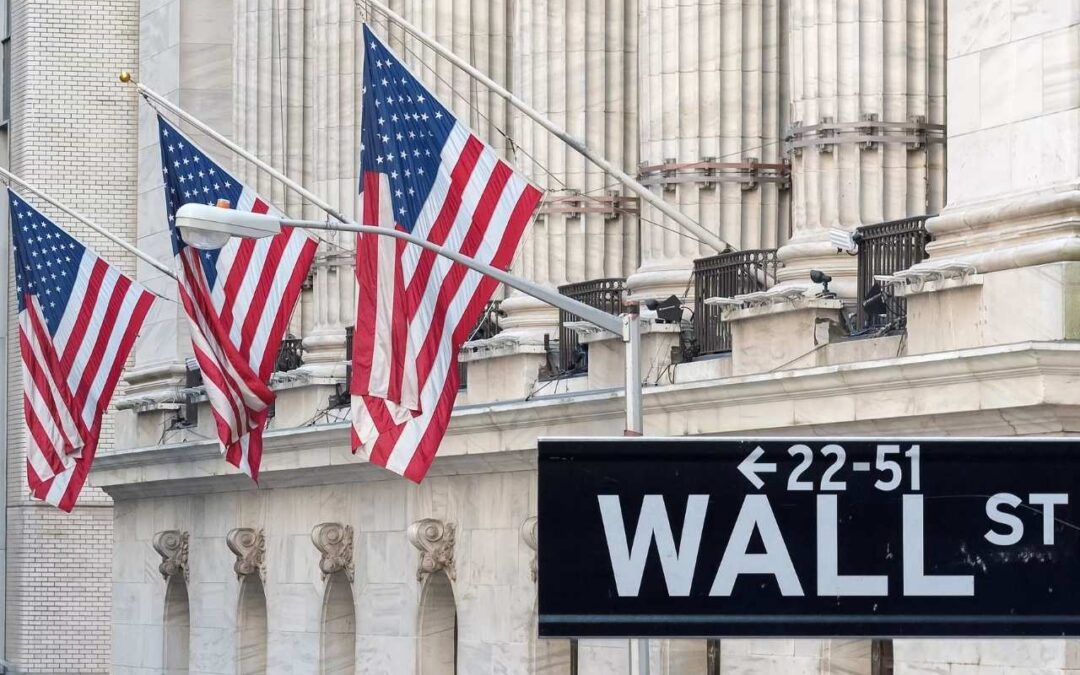The S&P 500 ended on Friday, adding 0.40% to 6,388.64. This marks its 5th record close this week and has put investors in a cautiously optimistic mood, which is visible in stock heatmap. The Dow Jones Industrial Average also climbed, up 208.01 points, or 0.47%, to settle at 44,901.92.
While these headlines may suggest a straightforward market upswing, the reality behind the numbers is more complex. Several factors, from resilient corporate earnings to shifting global trade deals, have driven Wall Street’s consistent gains.
Corporate Earnings
Solid corporate performance is one of the biggest drivers of recent market optimism, especially among S&P 500 companies. More than 85% of companies that have reported second-quarter results have beaten Wall Street’s forecasts. This winning streak has boosted confidence that the U.S. economy is firm, even as some sectors face bumps.
However, not all areas are thriving. The tech sector saw a pullback after reports from the Wall Street Journal suggested that SoftBank’s $500 billion AI initiative and OpenAI may hit serious roadblocks. Shares of major chipmakers like Nvidia and Broadcom slid noticeably, weighing on the broader Nasdaq index. Yet, the market found balance with health care and real estate stocks posting steady gains, providing a safety net for investors seeking stability.
Global Trade Relations
International headlines also had a meaningful impact on Friday’s market momentum. U.S. President Donald Trump announced a long-awaited trade agreement with the European Union. The United States will impose a 15% baseline tariff on exports from the European Union, while the EU has agreed to buy $750 billion worth of U.S. energy over the next three years. As part of the deal, both sides have agreed to mutual tariff exemptions on aircraft, chemicals, agricultural goods, and raw materials.
Still, significant questions remain. Will the negotiations bear any results with other countries, such as China?. On August 1, 2025, the U.S. is scheduled to implement steep “reciprocal” tariffs on imports from numerous countries, with rates ranging from 10% to 50%, unless trade deals are reached beforehand.
Energy Markets
Commodities rallies often reflect investor risk appetite, and oil prices offered a mixed signal on Friday. West Texas Intermediate crude went up 0.51% to near $65.5 a barrel. The jump in price came as the U.S. and the European Union reached an agreement on a trade deal. Still, WTI crude is trading around $65 in July, as demand and trade uncertainty contributed to this consolidation, adding some caution to the more upbeat stock headlines.
Investor nerves showed in the CBOE Volatility Index, which has fallen 11.7% over the past five days as traders weighed risks amid growing clarity on trade disputes. Despite the jitters, retail investors continued to pour money into stocks, chasing the market’s upward momentum and partly driving Wall Street’s latest records.
Trade Deadlines and Geopolitical Tensions Keep Investors on Edge
Even with fresh records, Wall Street isn’t taking anything for granted. Canada’s Prime Minister Mark Carney insisted his country wouldn’t accept a weak trade deal with the U.S., reminding everyone that real progress takes time. On the other hand, General Motors and other industrial players reported shrinking profits as higher tariffs started to bite.
Venezuela continued to defy expectations elsewhere, keeping oil production steady after Chevron’s departure thanks to diluent stockpiles. While this stability is helpful for now, the energy sector and the market remain exposed to fresh risks and changes in international relations.
Despite these headwinds, the S&P 500’s steady advance in 2025 shows the market’s resilience. Investors aren’t ignoring the pitfalls; they’re navigating them with a mix of hope in corporate America and faith that global leaders can manage trade challenges. Transitioning into the second half of the year, market watchers should expect more twists and turns, with both international politics and earnings results setting the pace. The road to new records never runs straight, but for now, Wall Street looks set on making history.
Written By Fazal Ul Vahab C H
Disclaimer

The views and investment tips expressed by investment experts/broking houses/rating agencies on tradebrains.in are their own, and not that of the website or its management. Investing in equities poses a risk of financial losses. Investors must therefore exercise due caution while investing or trading in stocks. Trade Brains Technologies Private Limited or the author are not liable for any losses caused as a result of the decision based on this article. Please consult your investment advisor before investing.


